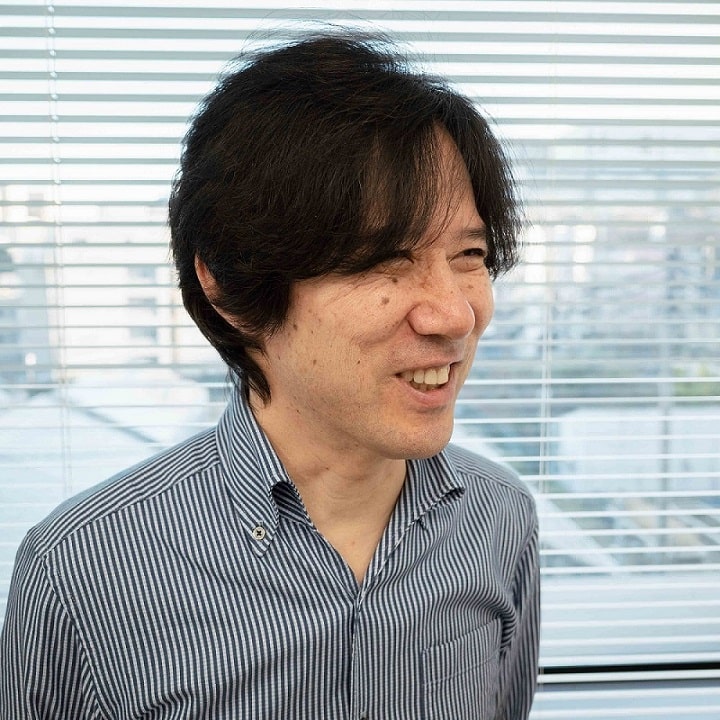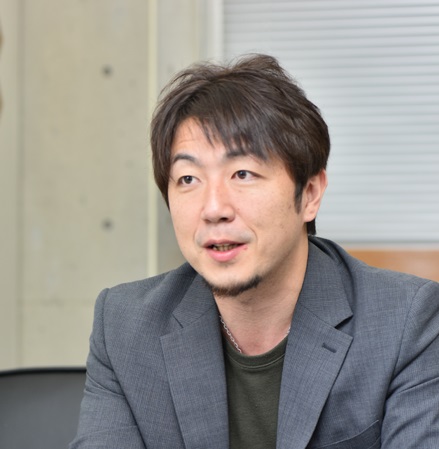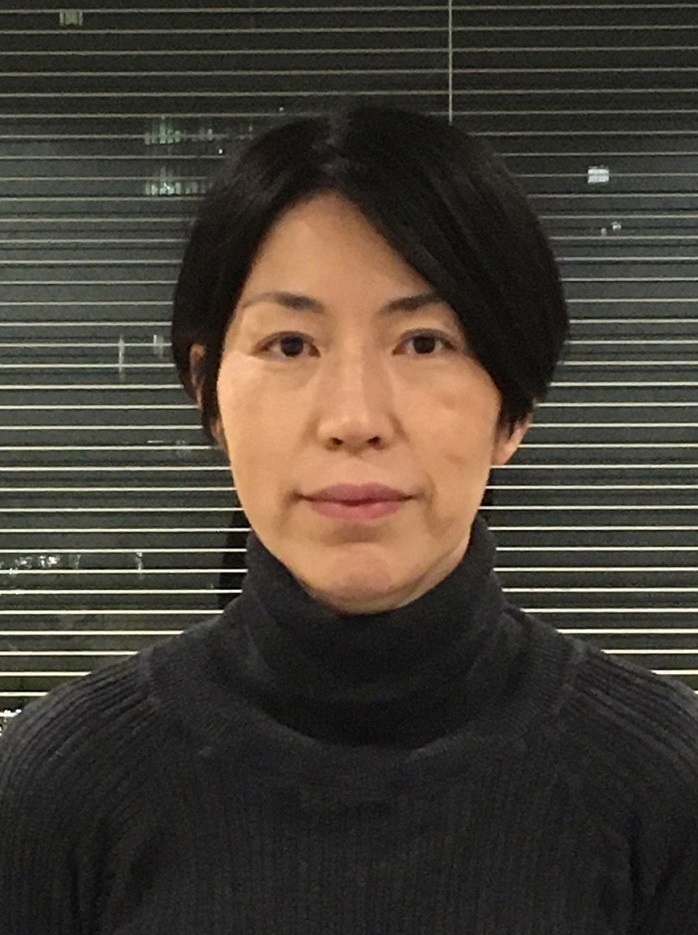クロマチン構造研究グループChromatin structure research group

胡桃坂 仁志 Hitoshi Kurumizaka
研究総括 / Research Director
グループリーダー / Group Leader
クロマチン構造研究グループは、近年著しい技術革新を遂げているクライオ電子顕微鏡 (クライオEM) 技術を中心に据え、クロマチンアトラスの基盤となる立体構造およびダイナミクスを包括的に明らかにします。そのために、新たなクライオEM測定法の開発を並行して進めます。そして、原子分解能でのクロマチンの基盤構造の理解から、細胞および個体における、その機能発現機構までを階層縦断的に解明することを目指します。
Primarily using cryo-electron microscope (cryo-EM) technology that has achieved remarkable technological advances in recent years, our research group aims to comprehensively elucidate the three-dimensional structures and dynamics underlying the chromatin atlas. To this end, we are currently developing new cryo-EM acquisition methods. By revealing basic structures of chromatin at atomic resolution, we aim to hierarchically elucidate mechanisms of gene regulation occurring in cells and individuals.
有機合成化学研究開発グループOrganic Synthesis chemistry research and development group

山口 潤一郎 Junichiro Yamaguchi
グループリーダー / Group leader
本ERATOでは、クロマチン断片を包括的に立体構造解析するために、クライオ電子顕微鏡 (クライオEM) 解析を中心的な技術として位置付けています。クライオEM技術を発展させるため、有機合成技術を利用した新たなサンプル調製法Specific Component Preparative cryo-EM (SCoPE) 法の開発を行います。
With the aim to comprehensively analyze the three-dimensional structures of chromatin fragments, the Chromatin atlas project rests essentially on the cryo-EM technology. In order to develop the cryo-EM method and to broaden its use across the project, our group is focusing on the development of a new sample preparation method named the Specific Component Preparative cryo-EM (SCoPE) method, using organic synthesis technology.
表現型解析研究グループPhenotype analysis research group

岡田 由紀 Yuki Okada
グループリーダー / Group leader
我々のグループでは哺乳類精子細胞の分化成熟過程におけるダイナミックなクロマチン構造変換の可視化を目指し、胡桃坂グループの電子顕微鏡解析に適切な生体試料を提供することを目的としています。そのために、精子形成の各分化ステージにある細胞の高純度精製や遺伝子編集技術を用いた精子ヒストンの蛍光標識、精子ヒストンやプロタミンの生化学的抽出を行っています。
Our group provides biological samples suitable for electron microscopic analysis by the Kurumizaka group to visualize dynamic structural change of chromatin during the mammalian spermatogenesis. For this purpose, following techniques are performed; purification of male germ cells from different stages of spermatogenesis, fluorescent labeling of sperm histones using gene editing technology, and biochemical extraction of sperm histones and protamines.


